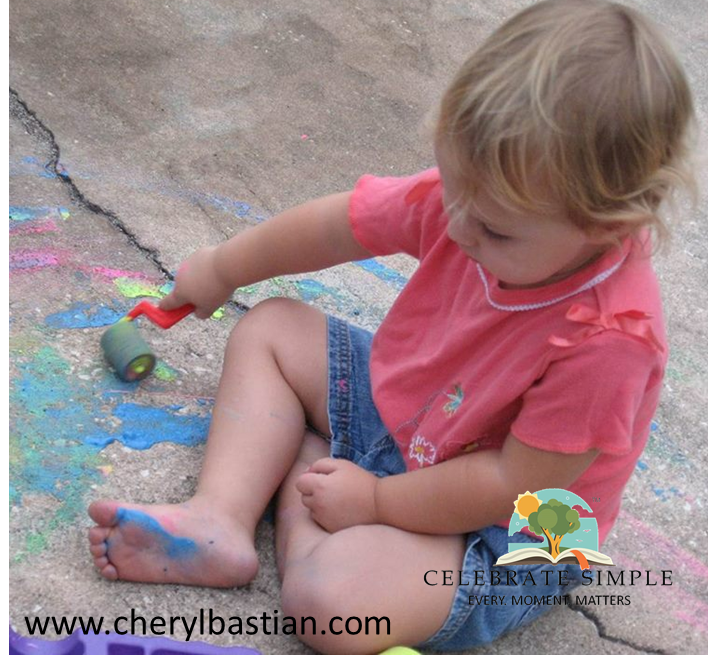Field Trip Learning with Multiple Ages
/Dad's first day of Spring Break invited us all--six learners ages 2-20 and two parents--into an educational extravaganza. We visited the Lego exhibit at Leu Gardens.
Learning surrounds us. It's part of life. Gathered around the kitchen table working math problems, we often forget the rich learning which takes place when we venture out, walk through life together and learn.
Last Friday, as we marveled at Lego creations and smelled Sweet Alyssum, I remembered how much littles (and bigs) need field trips, time out and about to learn together.
While on our Lego garden adventure,
- the youngest learners instinctively balanced on the curbs and looked for rabbits. We didn't stop to run or roll down the hills, though it would have benefited their vestibular development. On another visit, we will definitely leave time to run and roll!
- the elementary learners compared the number of bricks in each sculpture. This allowed for practical comparison of place value and oral practice of reading and saying numbers over ten thousand.
- the learners, together, marveled at the patterns in the Lego sculptures. While we oohed and ahhed, we deepened our appreciation for one another and the things each considers beautiful.
- the learners worked together to navigate the map to find the places they wanted to visit. When they had a question, we encouraged them to consult an older sibling. While navigating, heading to the north forest, we heard owls hooting above our heads. We stopped, looked in between branches and gazed at these magnificent birds. We watched as two owls called out their territory and then had a brief altercation with their talons right above our heads! The youngest learners asked great questions as their curiosity was sparked. I am glad we took time to look up!
- the middle schooler with a current interest in horticulture, stopped to read signage which explained foliage. She took pictures of plants she wanted to incorporate into our yard.
- the high schooler and college student enjoyed taking pictures of the amazing blooms, chatting about life as they walked along. I loved watching them spend time together and marveling at the wonder their siblings were taking in.
While visiting the gardens, I was also reminded me that children often tell us what they need. The key is listening (and not having an agenda--ouch!). After walking about an hour, the littlest--map still in hand and spying a nice shady hill--interjected her thoughts,
"I think we need a picnic!"
She articulated her need to stop, sit, and enjoy a snack. Honestly, we all benefited from the refreshing break. Snacks eaten, we headed out for the second part of the self-guided tour.
After walking and enjoying the outdoors for three hours, we headed to the car. The youngest cried. We instantly thought, "She's ready to go home!" Instead, when I asked about her sadness she said, "I didn't see any rabbits!" Dad decided we should stop at the library on the way home and check out some rabbit books. Tears disappeared and a smile returned to her face.
A stop at the library was a perfect way to close out our day together.
What learning adventures await your family today? Maybe nature walks? Maybe puddles? Perhaps something which will come about spontaneously.
Whatever that learning adventure is, may it be one which is memorable for your family.




























